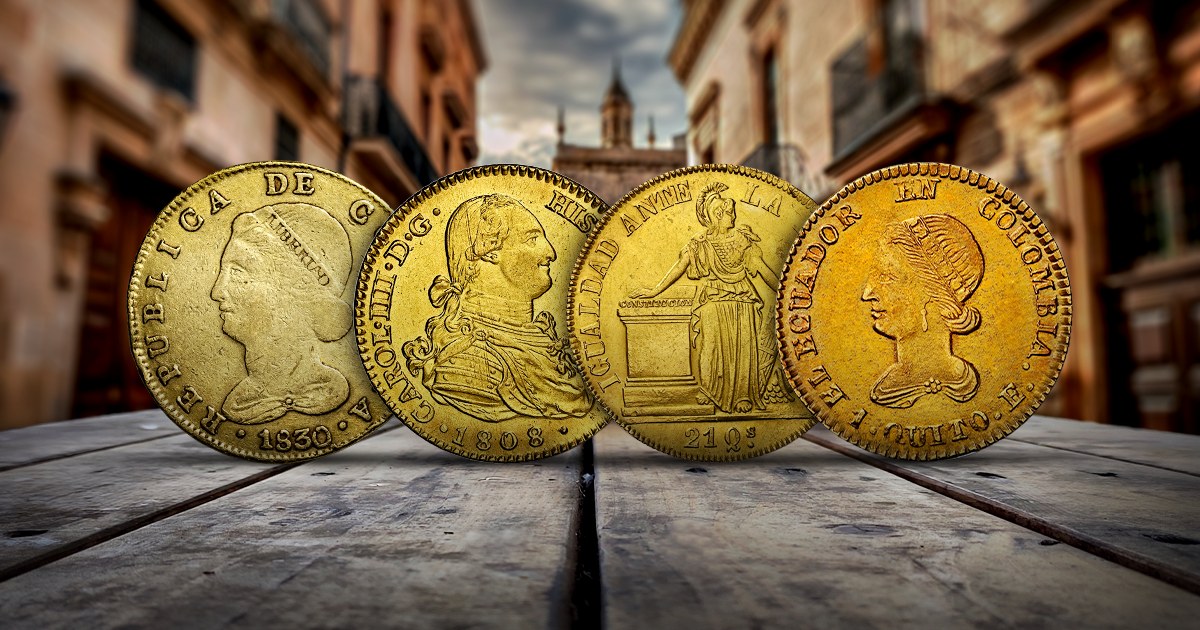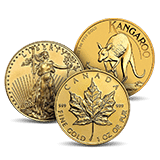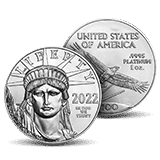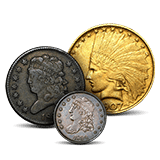
Escudos have been used by many countries as a currency unit, and they have a rich history that spans the globe. The escudo originated as a gold coin and evolved into a paper currency, birthed by the Portuguese and Spanish colonial empires. It played a crucial role in trade and economic systems. Most countries have replaced the escudo with modern currencies, although Cape Verde continues to use it today.
Overview of the Escudo
The escudo was first introduced as a gold coin in the Iberian Peninsula during the 16th century, and it was used by both Spain and Portugal. It was subdivided into centavos or centésimos, and escudos varied in design and denomination depending on the issuing country. The widespread adoption of the escudo can largely be attributed to the influence of Spanish and Portuguese empires.
Nations That Issued the Escudo
Spain
- As a Spanish coin, the escudo was introduced in 1864 and used until 1868, when it was replaced by the peseta.
- The escudo was subdivided into 100 céntimos.
Portugal
- The escudo is perhaps the most well-known as a Portuguese coin.
- The Portuguese escudo (PTE) was introduced in 1911, replacing the real at a rate of 1 escudo:1,000 réis.
- It was subdivided into 100 centavos and remained in use until it was replaced by the euro in 2002.
Chile
- Chile has used the escudo twice in its history.
- The first Chilean coin denominated in escudos was introduced in 1960, replacing the peso at a rate of 1 escudo = 1,000 pesos.
- It was subdivided into 100 centésimos and remained in circulation until 1975 when the peso was reintroduced.
Cape Verde
- The Cape Verdean escudo (CVE) was introduced in 1914, replacing the Cape Verdean real.
- Cape Verde remains the only country still using the escudo, maintaining a fixed exchange rate pegged to the euro.
Guinea-Bissau
- The Guinea-Bissau escudo (GWE) was in use from 1975 to 1997.
- It replaced the Portuguese escudo at par and was subdivided into 100 centavos.
- In 1997, Guinea-Bissau adopted the West African CFA franc.
Mozambique
- The Mozambican escudo (MZE) circulated from 1914 until 1980.
- It replaced the real at a rate of 1 escudo:1,000 réis and was subdivided into 100 centavos.
- In 1980, Mozambique introduced the metical, replacing the escudo at par.
Brazil
- Brazil used the escudo as a unit of currency during the colonial period.
- As a Brazilian coin, the escudo was in circulation from the 16th century until 1942, when it was replaced by the cruzeiro.
Equatorial Guinea
- Equatorial Guinea, a former Spanish colony, used the Spanish escudo during the colonial period.
- After gaining independence, it adopted the Equatorial Guinean peseta, which was later replaced by the Central African CFA franc.
Philippines
The Spanish escudo was used in the Philippines during the colonial period alongside other Spanish currencies until the Philippine peso was introduced.
Colombia
The Colombian escudo was in use from the 16th to the 19th century before being replaced by the Colombian peso.
Peru
The Peruvian escudo was in circulation before being replaced by the Peruvian sol in the 19th century.
Venezuela
The Venezuelan escudo was in use from the 16th century until the 19th century when it was replaced by the Venezuelan bolívar.
Bolivia
The Bolivian escudo was in use from the 16th century until the 19th century when it was replaced by the boliviano.
Ecuador
The Ecuadorian escudo circulated during the colonial period before transitioning to the sucre in the 19th century.
Design and Symbolism in Escudo Currencies
Spanish Escudo
The Spanish escudo was used in various forms from the 16th to the 19th century.
Gold Escudo
- Obverse: Featured a portrait of the reigning monarch, such as King Philip IV, with intricate details like the royal crown and Latin inscriptions.
- Reverse: Displayed the Spanish coat of arms, often with a cross and a shield divided into quadrants representing different regions of Spain.
Silver Escudo
- Obverse: Similar to the gold escudo, it featured the monarch’s portrait and included Latin inscriptions.
- Reverse: Included the Spanish coat of arms and sometimes additional symbols like the Pillars of Hercules.
Portuguese Escudo
The Portuguese escudo was introduced in 1911 and used until 2002. Here are the design elements for some denominations:
The design varied among denominations of Portuguese escudos.
Obverse
Portuguese escudos depicted the Portugal coats of arms on the obverse. Denominations from 1-10 escudos included a maritime knot on the obverse.
Reverse
The reverse varied, ranging from stained glass window patterns to nautical compasses and stylized ships.
Though most countries transitioned to new currencies, the escudo remains an important historical artifact in numismatics. In Cape Verde, the escudo continues to be a key part of everyday economic life, preserving its legacy in modern currency systems.




